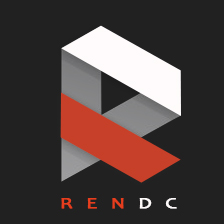⟩ What is M1, M2,M3
Narrow money (M1) includes currency, i.e. banknotes and
coins, as well as balances which can immediately be
converted into currency or used for cashless payments, i.e.
overnight deposits.
"Intermediate" money (M2) comprises narrow money (M1) and,
in addition, deposits with a maturity of up to two years and
deposits redeemable at a period of notice of up to three
months. Depending on their degree of moneyness, such
deposits can be converted into components of narrow money,
but in some cases there may be restrictions involved, such
as the need for advance notification, delays, penalties or
fees. The definition of M2 reflects the particular interest
in analysing and monitoring a monetary aggregate that, in
addition to currency, consists of deposits which are liquid.
Broad money (M3) comprises M2 and marketable instruments
issued by the MFI sector. Certain money market instruments,
in particular money market fund (MMF) shares/units and
repurchase agreements are included in this aggregate. A high
degree of liquidity and price certainty make these
instruments close substitutes for deposits. As a result of
their inclusion, M3 is less affected by substitution between
various liquid asset categories than narrower definitions of
money, and is therefore more stable.



